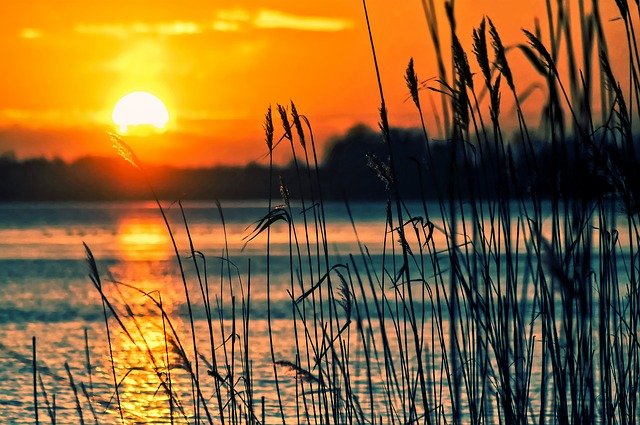
A spectacularly beautiful lake located in central-west Peru, Lake Titicaca has a wealth of natural beauty. The largest navigable lake on earth, Lake Titicaca, covers about eleven thousand square kilometers and has several small islands. To the south, you can find the main urban centers, Juliaca and Puno; to the northwest, there are beautiful countryside areas. According to the most recent scientific research, the origin of this waterway was probably discovered in the early 1990s.
The Map Shows Forty-Two Islands
Map of Lake Titicaca shows about forty-two islands and is one of the biggest navigable lakes worldwide. On the Peru side of Lake Titicaca, you can find the two major towns, Juliaca and Puno; there are beautiful countryside areas to the north. In the lake’s center, there is the island of Caye Coco, which is the country’s largest island. The highest navigable lake in terms of the total volume is the Grand Canal, which covers about eleven thousand kilometers.
Peru Border

Most travelers visit the region of Lake Titicaca, which is on the Peru-Peru border, to witness Cusco’s beautiful sights. However, despite its popularity, many travelers do not make it to the Peruvian side of the lake to enjoy the water. It is mainly because of poor road infrastructure that makes traveling to the Peruvian side quite difficult. However, with the help of modern technology and modern travel services, this problem too is solved. If you are interested in accessing the region of Lake Titicaca, either by road or by boat, here is how you do it:
The Peruvian Side Of The Lake
The first step towards traveling to the Peruvian side of the lake is to get a boat ride over the wide, white-water basin of the lake. Boat tours offer many advantages, including an opportunity to see the different geological formations surrounding the basin. You will also be able to view some stunning views of the surrounding area. The boat ride takes approximately two hours, and you will be provided with refreshments along the way. The boats that run on Lake Titicaca have traditionally been made out of wood. There are also small wood-pouring ovens that can be used to cook your meals.
How To Reach The Highlands Of The Region?

Suppose you want to travel to the far northern region of the Titicaca Basin, known as the “umbrella” of the lake. You will need to take a flight to reach the highlands of the region. The highlands offer a variety of exciting activities, including trekking up the Inca Trail. You can expect to hike between six to twelve kilometers. This trek will allow you to view the wildlife in full view. On your journey, you will also have the chance to explore the Machu Picchu ruins. The ancient Inca built these ruins. The greatest attraction in this area is the “Isla de Cano,” or “Isle of the Sun.” This is the last remaining archaeological site from the ancient Inca civilization. This “Isla” is approximately ten meters beneath the surface area of the Lake Titicaca basin and is located around four hundred meters above the water level.
Wrapping Up
It is important to keep in mind that the maximum depth you can dive into the lake is three meters. The reason for this is the extremely high level of oxygen in the lake. If you dive to the lake’s maximum depth and come up missing the boat, you should immediately alert authorities and call in a recovery team to recover the body. To get to the islands around the island, you will need to dock at one of the marinas in Puerto Ayora. The journey from the port is about seven kilometers long. After reaching the island, you will see the amazing volcano with a surface area of twenty-two kilometers. It is situated in the northern part of the lake. The volcano has been inactive for the past million years, but it is likely to erupt anytime in the future.





